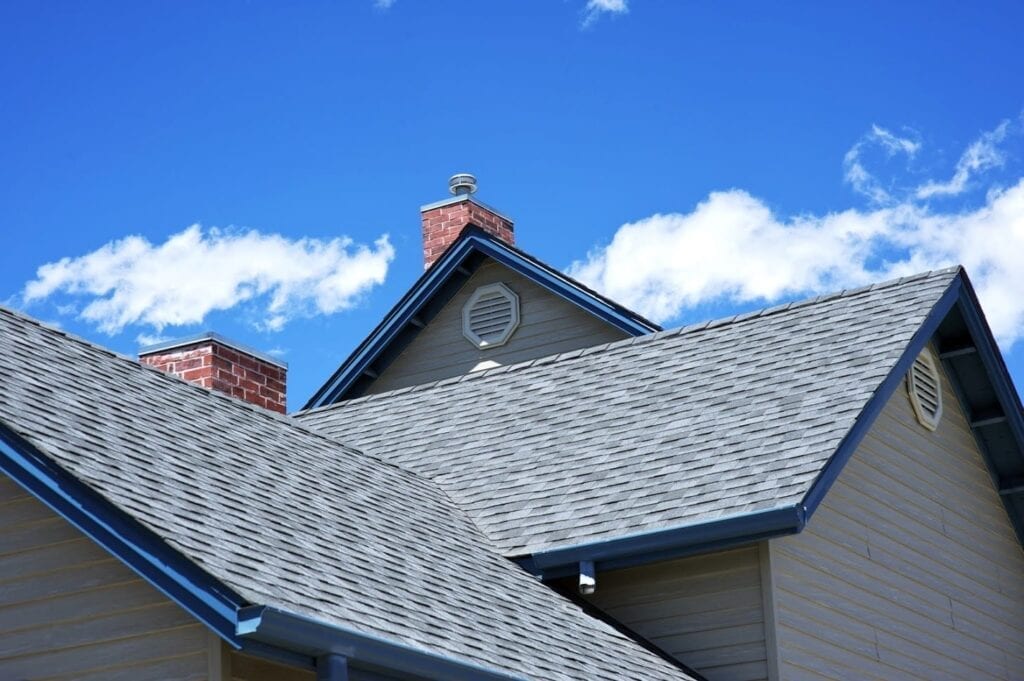Know When to Replace Your Roof: 4 Things to Check

Replacing an aging roof before it develops any major leaks or damages the rest of your home allows you to avoid costly repairs in the future. Know the signs that it is time for a roof replacement and be proactive when it comes to roof care. Here is what you need to know and do.
1. Check the Age
Asphalt shingles have a finite lifespan, which is affected by exposure, weathering, and the quality of the materials and installation. On average, these shingles tend to have a lifespan between 15 and 40 years.
Look to your warranty to get a working idea of the expected lifespan of your shingles. Generally, the lifespan should equal at least the warranty period. If you cannot verify an expected lifespan, then begin a formal roof inspection at the lower end of the expected lifespan (15 years) so you are sure to catch minor issues early.
If you are unsure of your roof’s age and do not have any documentation of the last replacement, look up the permits that have been issues for your address. New roofs require a permit, so you may be able to track down when the permit was issued – and the roof installed – at your permitting office.
2. Look for Shingle Damage
Damaged shingles may simply be curled or cracked, or they could be entirely missing. Once damaged, moisture can seep under the shingle and then make its way into your home – leading to major water damage inside.
A visual inspection is the best option for homeowners looking for damage. There is no need to get onto the roof. Inspect either from the ground, perhaps utilizing a pair of binoculars, or from the top of a ladder.
Look for curling edges or missing shingles, or shingles that are missing their gravel coating. If you see what appears to be damage, a repair or a roof replacement is necessary.
3. Inspect the Attic
Leaks can occur for some time before the water damage becomes obvious inside the house. The reason is that the attic is the first area exposed to the water, and most people spend little time in the attic.
Go into the attic during rain to check for active leaks. Alternatively, you can have a partner spray down the roof with a hose while you inspect inside. Check both the attic ceiling and the joists below for slick, shiny areas that indicate wetness.
The insulation may also absorb water from leaks. Carefully inspect for wet or moldy insulation. You may even be able to smell the musty odor of mold if there has been a leak previously.
4. Walk the Perimeter
Asphalt shingles are covered in a layer of granules, which are a necessary component for shedding water and preventing leaks. Some granule loss is expected, especially on new roofs, but ongoing loss or an increase in granule loss indicates a problem.
The easiest way to spot granule loss is to walk the perimeter of your home. If you do not have gutters, if there is an issue with the roof then you will notice that there is a buildup of roofing granules along the ground right under the roof’s dripline.
For homes with gutters, look inside the gutters or at the base of the downspout, as these are the areas where granules will collect if your roof is shedding.
Contact Aspen Roofing to learn more about your roof repair or replacement options. We are happy to discuss any questions or concerns you may have, and we always look forward to speaking with you about your roof-related needs.
